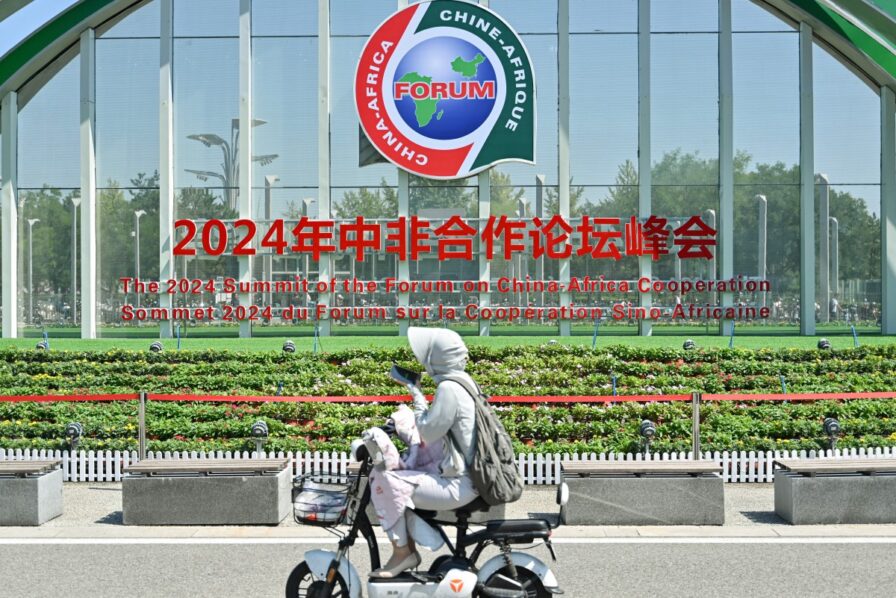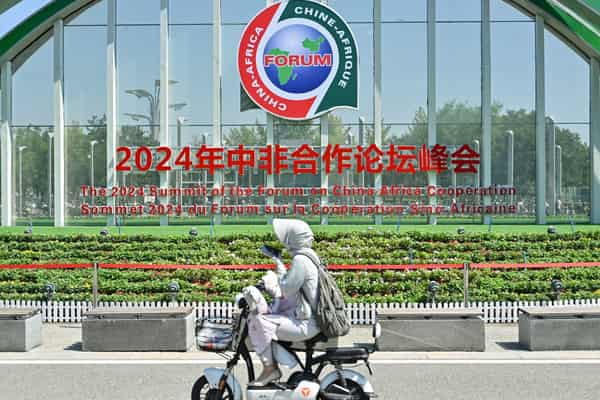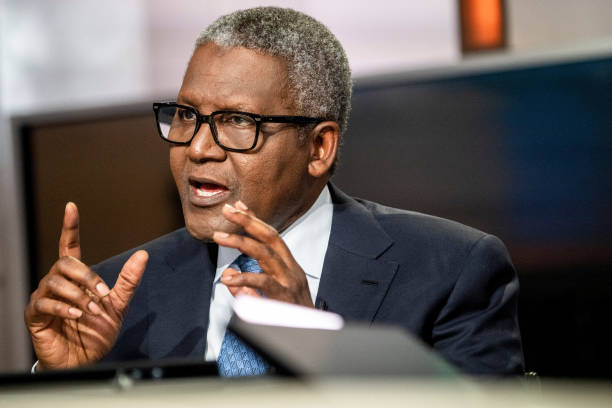
China has vowed to beef up its vast Belt and Road global infrastructure initiative, promising “high-quality cooperation” ahead of a summit with African leaders in Beijing starting on Wednesday.
Africa is already a key Belt and Road Initiative (BRI) region, with Chinese companies signing contracts there worth more than $700 billion between 2013 and 2023, according to Beijing’s commerce ministry.
However, China’s investment in the continent has been slammed by critics who accuse the BRI of saddling countries with exorbitant debt or funding projects that damage the environment.
Here AFP takes a look at five key BRI projects in Africa:
– Kenya’s incomplete railway –
Kenya’s Standard Gauge Railway — built with finance from Exim Bank of China — connects the capital Nairobi with the port city of Mombasa, and has cut journey times from 10 hours to four since opening in 2017.
At $5 billion, it is the country’s most expensive infrastructure project since it won independence more than 60 years ago.
But a second phase meant to continue the line to Uganda never materialised as both countries struggled to pay down BRI debts.
The project was also beset with corruption allegations, and environmental campaigners have taken issue with the route, which cuts through a wildlife park.
Kenya’s President William Ruto last year asked China for a $1 billion loan and the restructuring of existing debt to complete other stalled BRI construction projects.
The country now owes China more than $8 billion.
– Port facilities in Djibouti –
After China established its first permanent overseas naval base in Djibouti in 2016, it also helped develop the east African country’s nearby Doraleh multi-purpose port.
The reportedly $590 million military base is strategically placed between the Red Sea and Gulf of Aden.
Beijing has said the base is used to resupply navy ships, support regional peacekeeping and humanitarian operations, and combat piracy, though its proximity to a US military base has raised concerns of espionage.
Doraleh, meanwhile, is partly owned by China Merchants Port Holdings, but the conglomerate’s 23.5 percent stake raised eyebrows when it was awarded after the Djiboutian government seized control of the container terminal from UAE-based DP World.
DP World claims it was forced out to allow China Merchants to take over.
– Africa’s longest suspension bridge –
According to state broadcaster CCTV, BRI investment in Africa has helped build over 12,000 kilometres (7,500 miles) of road and railway track, around 20 ports, and more than 80 power facilities.
In Mozambique, China Road and Bridge Corporation built Africa’s longest suspension bridge, connecting the capital Maputo with its suburb of Katembe.
Previously, the quickest way across the Bay of Maputo was by ferry. Road travel required driving 160 kilometres on unpaved roads susceptible to flooding.
The bridge, which opened in 2018, cost an estimated $786 million, 95 percent of which was financed by Chinese loans.
But critics have suggested the project was overpriced and that interest rates on loans are excessive.
– Minerals in Botswana and beyond –
In recent years, BRI investment in Africa has shifted to mining the minerals needed to fuel China’s high-tech and green industries, such as electric vehicles.
In 2023, China invested $7.8 billion in mining in Africa, according to US-based think tank the American Enterprise Institute.
That includes a $1.9 billion deal, reached last year, by state-owned MMG to buy the Khoemacau mine in Botswana, one of the world’s largest copper mines.
In July, Chinese firm JCHX Mining Management agreed to buy Zambia’s indebted Lubambe copper mine for just $2.
China has also invested in cobalt and lithium mines in Zambia, Namibia and Zimbabwe.
But regional conflicts have proved an occasional barrier to Chinese investments. In July this year, authorities suspended all mining in part of the Democratic Republic of Congo, including where Chinese companies operate, to “restore order” there.
– Coal and clean power –
Chinese funding in Africa has included dozens of investments in power generation, leading to criticism of the BRI’s environmental impact.
In Kenya, Chinese companies were contracted in 2015 to build a coal-fired power plant close to the UNESCO World Heritage Site of Lamu old town.
But Kenya’s government cancelled the project in 2020 after protests and opposition to its environmental impact.
In 2021, Chinese President Xi Jinping announced China would no longer support the construction of coal power plants abroad.
In July that year, Chinese funders pulled support from the $3 billion Sengwa coal project in Zimbabwe.
Instead, Chinese backers have funded the expansion of the country’s Kariba Hydroelectric Power Station, for $533 million.
Chinese firms have accelerated investments in renewable energy projects. In Nigeria, Chinese loans are part-funding the $4.9 billion construction of the Mambilla hydroelectric plant, which will be the country’s largest power station.
A white paper issued by China’s State Council Information Office says the country will focus on using the BRI to support green transition projects.






